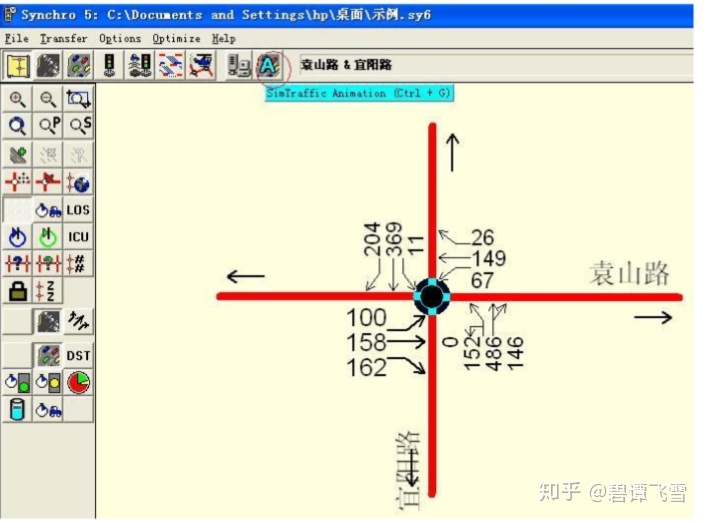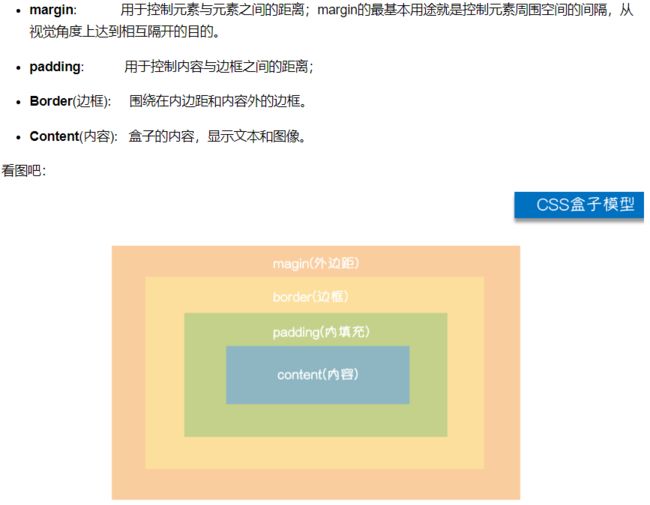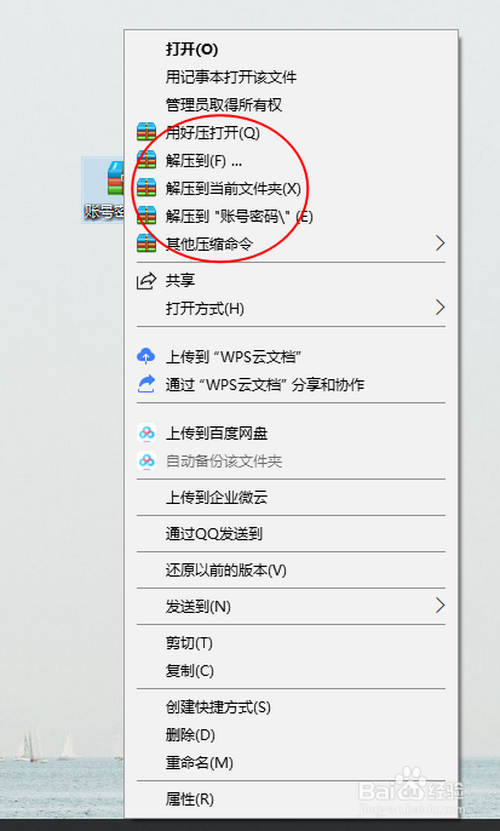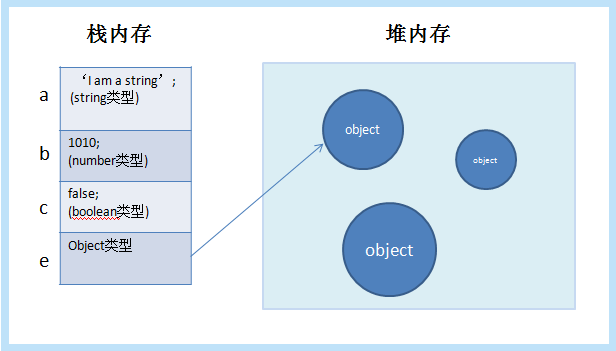mnist 的卷积神经网络示例与上一篇博文中的神经网络示例大体相同。但是CNN层数比较多,需要自己搭建网络模型。
程序比较复杂,所以我将它分成几个部分来描述。
首先,下载并加载数据:
import tensorflow as tf import tensorflow.examples.tutorials.mnist.input_data as input_data mnist = input_data.read_data_sets("MNIST_data/", one_hot=True) #下载并加载mnist数据 x = tf.placeholder(tf.float32, [None, 784]) #输入的数据占位符 y_actual = tf.placeholder(tf.float32, shape=[None, 10]) #输入的标签占位符
定义了四个函数,分别用于初始化权重W、初始化偏置项b、构建卷积层和构建池化层。
#定义一个函数,用于初始化所有的权值 W def weight_variable(shape): initial = tf.truncated_normal(shape, stddev=0.1) return tf.Variable(initial) #定义一个函数,用于初始化所有的偏置项 b def bias_variable(shape): initial = tf.constant(0.1, shape=shape) return tf.Variable(initial) #定义一个函数,用于构建卷积层 def conv2d(x, W): return tf.nn.conv2d(x, W, strides=[1, 1, 1, 1], padding='SAME') #定义一个函数,用于构建池化层 def max_pool(x): return tf.nn.max_pool(x, ksize=[1, 2, 2, 1],strides=[1, 2, 2, 1], padding='SAME')
接下来构建网络。整个网络由两个卷积层(包括激活层和池化层)、一个全连接层、一个层和一个层组成。
#构建网络 x_image = tf.reshape(x, [-1,28,28,1]) #转换输入数据shape,以便于用于网络中 W_conv1 = weight_variable([5, 5, 1, 32]) b_conv1 = bias_variable([32]) h_conv1 = tf.nn.relu(conv2d(x_image, W_conv1) + b_conv1) #第一个卷积层 h_pool1 = max_pool(h_conv1) #第一个池化层 W_conv2 = weight_variable([5, 5, 32, 64]) b_conv2 = bias_variable([64]) h_conv2 = tf.nn.relu(conv2d(h_pool1, W_conv2) + b_conv2) #第二个卷积层 h_pool2 = max_pool(h_conv2) #第二个池化层 W_fc1 = weight_variable([7 * 7 * 64, 1024]) b_fc1 = bias_variable([1024]) h_pool2_flat = tf.reshape(h_pool2, [-1, 7*7*64]) #reshape成向量 h_fc1 = tf.nn.relu(tf.matmul(h_pool2_flat, W_fc1) + b_fc1) #第一个全连接层 keep_prob = tf.placeholder("float") h_fc1_drop = tf.nn.dropout(h_fc1, keep_prob) #dropout层 W_fc2 = weight_variable([1024, 10]) b_fc2 = bias_variable([10]) y_predict=tf.nn.softmax(tf.matmul(h_fc1_drop, W_fc2) + b_fc2) #softmax层
一旦构建了网络,就该开始训练了。
cross_entropy = -tf.reduce_sum(y_actual*tf.log(y_predict)) #交叉熵 train_step = tf.train.GradientDescentOptimizer(1e-3).minimize(cross_entropy) #梯度下降法 correct_prediction = tf.equal(tf.argmax(y_predict,1), tf.argmax(y_actual,1)) accuracy = tf.reduce_mean(tf.cast(correct_prediction, "float")) #精确度计算 sess=tf.InteractiveSession() sess.run(tf.initialize_all_variables()) for i in range(20000): batch = mnist.train.next_batch(50) if i0 == 0: #训练100次,验证一次 train_acc = accuracy.eval(feed_dict={x:batch[0], y_actual: batch[1], keep_prob: 1.0}) print 'step %d, training accuracy %g'%(i,train_acc) train_step.run(feed_dict={x: batch[0], y_actual: batch[1], keep_prob: 0.5}) test_acc=accuracy.eval(feed_dict={x: mnist.test.images, y_actual: mnist.test.labels, keep_prob: 1.0}) print "test accuracy %g"%test_acc
依赖于高效的 C++ 后端进行计算。这种与后端的连接称为 . 一般来说,使用程序的流程是创建一个图形,然后在 .
在这里,我们使用一个更方便的类。有了它,您可以更灵活地构建代码。它允许您在运行图时插入一些计算图,这些计算图由某些操作()组成。这对于在交互环境中工作的人来说非常方便,例如使用。
经过20000次训练再测试,测试准确率可以达到99%。
完整代码:
# -*- coding: utf-8 -*- """ Created on Thu Sep 8 15:29:48 2016 @author: root """ import tensorflow as tf import tensorflow.examples.tutorials.mnist.input_data as input_data mnist = input_data.read_data_sets("MNIST_data/", one_hot=True) #下载并加载mnist数据 x = tf.placeholder(tf.float32, [None, 784]) #输入的数据占位符 y_actual = tf.placeholder(tf.float32, shape=[None, 10]) #输入的标签占位符 #定义一个函数,用于初始化所有的权值 W def weight_variable(shape): initial = tf.truncated_normal(shape, stddev=0.1) return tf.Variable(initial) #定义一个函数,用于初始化所有的偏置项 b def bias_variable(shape): initial = tf.constant(0.1, shape=shape) return tf.Variable(initial)#定义一个函数,用于构建卷积层 def conv2d(x, W): return tf.nn.conv2d(x, W, strides=[1, 1, 1, 1], padding='SAME') #定义一个函数,用于构建池化层 def max_pool(x): return tf.nn.max_pool(x, ksize=[1, 2, 2, 1],strides=[1, 2, 2, 1], padding='SAME') #构建网络 x_image = tf.reshape(x, [-1,28,28,1]) #转换输入数据shape,以便于用于网络中 W_conv1 = weight_variable([5, 5, 1, 32]) b_conv1 = bias_variable([32]) h_conv1 = tf.nn.relu(conv2d(x_image, W_conv1) + b_conv1) #第一个卷积层 h_pool1 = max_pool(h_conv1) #第一个池化层 W_conv2 = weight_variable([5, 5, 32, 64]) b_conv2 = bias_variable([64]) h_conv2 = tf.nn.relu(conv2d(h_pool1, W_conv2) + b_conv2) #第二个卷积层 h_pool2 = max_pool(h_conv2) #第二个池化层 W_fc1 = weight_variable([7 * 7 * 64, 1024]) b_fc1 = bias_variable([1024]) h_pool2_flat = tf.reshape(h_pool2, [-1, 7*7*64]) #reshape成向量 h_fc1 = tf.nn.relu(tf.matmul(h_pool2_flat, W_fc1) + b_fc1) #第一个全连接层 keep_prob = tf.placeholder("float") h_fc1_drop = tf.nn.dropout(h_fc1, keep_prob) #dropout层 W_fc2 = weight_variable([1024, 10]) b_fc2 = bias_variable([10]) y_predict=tf.nn.softmax(tf.matmul(h_fc1_drop, W_fc2) + b_fc2) #softmax层 cross_entropy = -tf.reduce_sum(y_actual*tf.log(y_predict)) #交叉熵 train_step = tf.train.GradientDescentOptimizer(1e-3).minimize(cross_entropy) #梯度下降法 correct_prediction = tf.equal(tf.argmax(y_predict,1), tf.argmax(y_actual,1)) accuracy = tf.reduce_mean(tf.cast(correct_prediction, "float")) #精确度计算 sess=tf.InteractiveSession() sess.run(tf.initialize_all_variables()) for i in range(20000): batch = mnist.train.next_batch(50) if i0 == 0: #训练100次,验证一次 train_acc = accuracy.eval(feed_dict={x:batch[0], y_actual: batch[1], keep_prob: 1.0}) print('step',i,'training accuracy',train_acc) train_step.run(feed_dict={x: batch[0], y_actual: batch[1], keep_prob: 0.5}) test_acc=accuracy.eval(feed_dict={x: mnist.test.images, y_actual: mnist.test.labels, keep_prob: 1.0}) print("test accuracy",test_acc)
查看代码
© 版权声明
本站下载的源码均来自公开网络收集转发二次开发而来,
若侵犯了您的合法权益,请来信通知我们1413333033@qq.com,
我们会及时删除,给您带来的不便,我们深表歉意。
下载用户仅供学习交流,若使用商业用途,请购买正版授权,否则产生的一切后果将由下载用户自行承担,访问及下载者下载默认同意本站声明的免责申明,请合理使用切勿商用。
THE END
























暂无评论内容